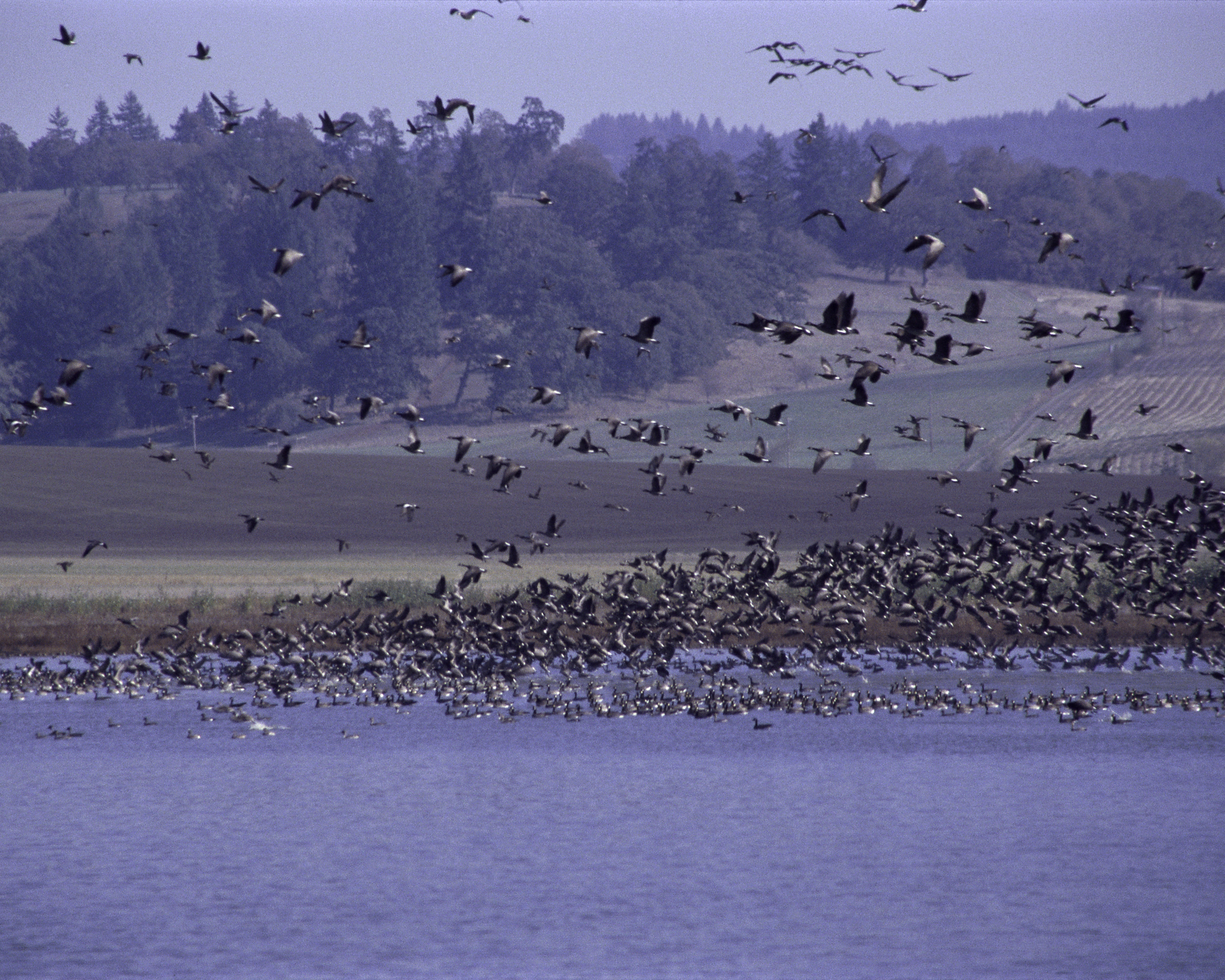|
Porongurup, Western Australia
Porongurup is a small village on the northern slopes of the mountain range in the Shire of Plantagenet in Western Australia. At the , Porongurup had a population of 370. The name is derived from the Aboriginal place-name, and consequently arrived with no spelling as such. A common alternate spelling is Porongorup and while some maps still show this spelling, state government signs around the town use "Porongurup", as does the promotion association for the region. The mountain range includes Castle Rock, a popular climbing destination, and the Devils Slide. Industry The main industry in the region is dairying, but there are some vegetable crops grown as well. Tourism based on the Porongurup Range's giant karri forests is limited by the difficulty of access because the nearest public transport is in Albany or Mount Barker. The Granite Skywalk, a suspended walkway that spirals around the granite outcrop of Castle Rock, in Porongurup National Park in 2011. As with other parts ... [...More Info...] [...Related Items...] OR: [Wikipedia] [Google] [Baidu] |
Shire Of Plantagenet
The Shire of Plantagenet is a local government area in the Great Southern region of Western Australia, managed from the town of Mount Barker, south of Perth and north of Albany. The shire covers an area of and includes the communities of Narrikup, Rocky Gully, Kendenup and Porongurup. The region is noted for agriculture, principally wheat, sheep (wool and meat), beef cattle, wine, canola and olives. Silviculture, especially plantations of Tasmanian blue gums (''Eucalyptus globulus''), was a major industry in the shire although some recent silviculture enterprises ( Great Southern Plantations and Timbercorp) have gone into receivership. Local tourist attractions include the Porongurup Range and Stirling Range, a museum based within the original police station, as well as other pioneer structures such as St Werburgh's Chapel. History The Plantagenet Road District was gazetted on 24 January 1871 as one of 18 elected boards to manage roads and services in Western Austral ... [...More Info...] [...Related Items...] OR: [Wikipedia] [Google] [Baidu] |
Porongurup National Park
Porongurup National Park is a national park in the Great Southern region of Western Australia. It covers , and is southeast of Perth and north of Albany. The park contains the Porongurup Range, which is the relic core of an ancient mountain range formed in the Precambrian over 1200 million years ago. The Porongurup Range forms part of the Southwest Biodiversity Hotspot, which is one of 34 regions in the world noted for a rich diversity of flora and fauna species. The range contains many peaks and hiking trails, with the highest point being ''Devils Slide'' at ,followed by Nancy's Peak at 644 metres. Castle Rock (558 metres) is capped with The Granite Skywalk, a steel viewing platform which provides panoramic views of the surrounding karri forest. History The Porongurup Range is culturally significant to the Mineng and Koreng/Goreng sub-groups of the Noongar people. Minang man Larry Blight states:This is our most sacred site...Porongurup or "Borrongup" means totem in Noon ... [...More Info...] [...Related Items...] OR: [Wikipedia] [Google] [Baidu] |
Aerial Firefighting
Aerial may refer to: Music * ''Aerial'' (album), by Kate Bush * ''Aerials'' (song), from the album ''Toxicity'' by System of a Down Bands *Aerial (Canadian band) * Aerial (Scottish band) * Aerial (Swedish band) Performance art * Aerial silk, apparatus used in aerial acrobatics *Aerialist, an acrobat who performs in the air Recreation and sport * Aerial (dance move) *Aerial (skateboarding) *Aerial adventure park, ropes course with a recreational purpose * Aerial cartwheel (or side aerial), gymnastics move performed in acro dance and various martial arts *Aerial skiing, discipline of freestyle skiing *Front aerial, gymnastics move performed in acro dance Technology Antennas *Aerial (radio), a radio ''antenna'' or transducer that transmits or receives electromagnetic waves **Aerial (television), an over-the-air television reception antenna Mechanical *Aerial fire apparatus, for firefighting and rescue *Aerial work platform, for positioning workers Optical *Aeri ... [...More Info...] [...Related Items...] OR: [Wikipedia] [Google] [Baidu] |
Wildlife Conservation
Wildlife conservation refers to the practice of protecting wild species and their habitats in order to maintain healthy wildlife species or populations and to restore, protect or enhance natural ecosystems. Major threats to wildlife include habitat destruction, degradation, fragmentation, overexploitation, poaching, pollution and climate change. The IUCN estimates that 27,000 species of the ones assessed are at risk for extinction. Expanding to all existing species, a 2019 UN report on biodiversity put this estimate even higher at a million species. It is also being acknowledged that an increasing number of ecosystems on Earth containing endangered species are disappearing. To address these issues, there have been both national and international governmental efforts to preserve Earth's wildlife. Prominent conservation agreements include the 1973 Convention on International Trade in Endangered Species of Wild Fauna and Flora (CITES) and the 1992 Convention on Biological Diversity (C ... [...More Info...] [...Related Items...] OR: [Wikipedia] [Google] [Baidu] |
Department Of Environment And Conservation (Western Australia)
The Department of Environment and Conservation (DEC) was a department of the Government of Western Australia that was responsible for implementing the state's conservation and environment legislation and regulations. It was formed on 1 July 2006 by the amalgamation of the Department of Environment and the Department of Conservation and Land Management. The DEC was separated on 30 June 2013 forming the Department of Parks and Wildlife (DPaW) and the Department of Environment Regulation (DER), which both commenced operations on 1 July 2013. On 1 July 2017 the DER amalgamated with the Department of Water and the Office of the Environmental Protection Authority, to become the Department of Water and Environmental Regulation, while DPaW was merged with other agencies to form the Department of Parks and Wildlife. Status (at dissolution, 30 June 2013) The department was managing more than 285,000 km2, including more than nine per cent of WA's land area: its national parks, mar ... [...More Info...] [...Related Items...] OR: [Wikipedia] [Google] [Baidu] |


